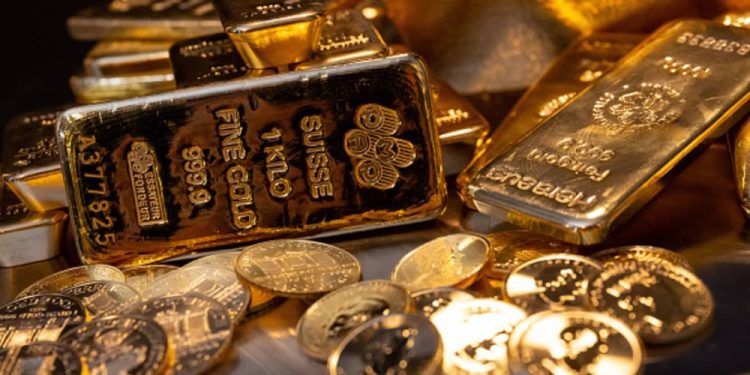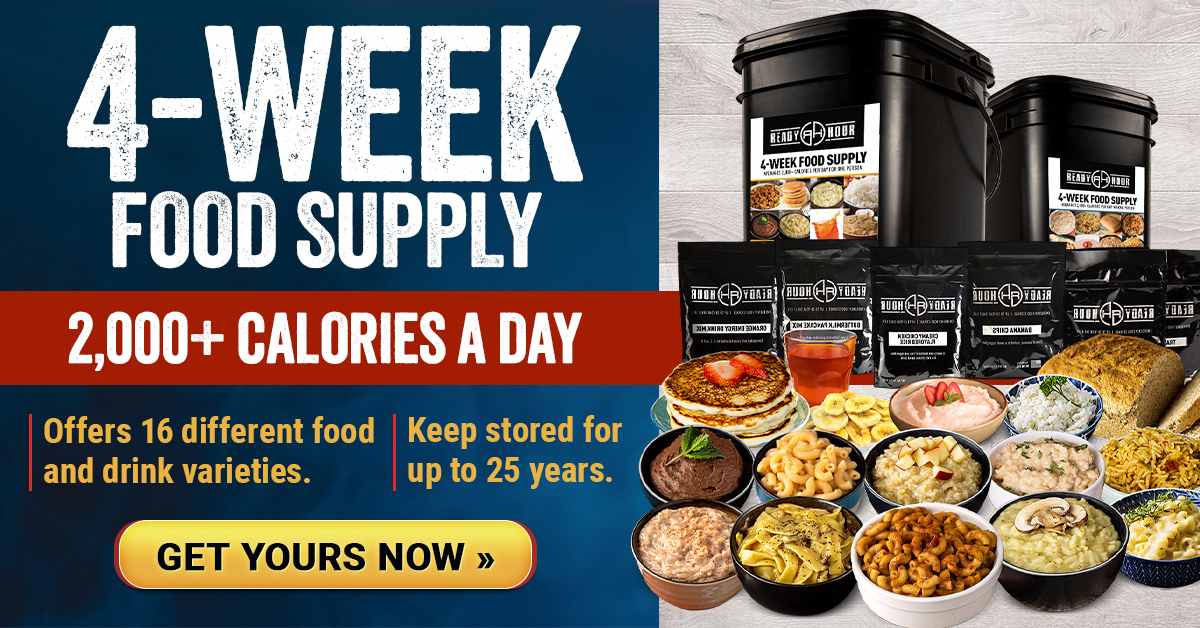Let’s get two important notes out of the way before we get into the meat of the article. I am not an economist but as a layman monitor of all things gold and silver I have NOT seen the evidence that precious metals are going to skyrocket as high as some real economists are saying. Call me a skeptic but I’m not nearly as bullish as they are. Do I think gold and silver have tremendous upsides? Yes. Do I see $3,000/$60 in 2023? No.
With that said, the second important note is that I am very bullish on the stability of physical precious metals. All but a handful of economists are saying we’re at or near the bottom which means that precious metals are as sound as they have ever been. The way I look at it, gold and silver are for protection and hedging, not for massive short-term appreciation. If I’m wrong and they do happen to skyrocket as some economists are predicting, great! Either way, it’s clear that now is the time to move wealth or retirement to the shiny stuff.
I’m not a financial advisor so I cannot give advice, but I have found four America First precious metals companies I recommend to those who are in the market for physical gold and silver. This comes after vetting a total of 31 companies so far. You can check out my recommendations here.
Now, let’s get to the meat. I started hearing rumblings about $3,000 gold ounces and $60 silver ounces last year. At the time, the big triggering factor was the idea that Russia would force countries to buy oil with precious metals. There were also the beginning of rumblings about Central Bank Digital Currencies. Inflation was, of course, skyrocketing as well.
The sentiment driving today’s predictions of $3,000/$60 follow the Fed and other central banks making moves. For example, market strategist David Hunter believes we’re in for a wild ride. According to Kitco:
Gold will reach $3k by October as markets ‘melt up,’ with the S&P expected to see at least 36 percent upside, according to David Hunter, Chief Macro Strategist at Contrarian Macro Advisors.
“My S&P target is six to seven thousand,” he told Michelle Makori, Lead Anchor and Editor-in-Chief at Kitco News. “My targets are gold to $3,000 pre-bust and silver to $60 pre-bust… We’ll probably see most of the melt-up move by the end of the summer, which could mean Labor Day, but it could stretch into September.”
Hunter, who correctly called the recent stock market bottom in 2020, claimed that markets are nearing the end of a 41-year secular bull cycle which began in 1982.
“That is when the disinflation trend began and interest rates peaked out,” he observed. “I think the highs of this bull market will not likely be seen again for decades.”
This is the part where your average precious metals salesperson would end the story. I’m not a precious metals salesperson so I’ll take Hunter’s and others’ predictions a few steps further. IF gold and silver skyrocket as predicted, it will almost certainly be very temporary. There will likely be a crash back to earth followed by a sustained modest appreciation period.
We’re poised to see the most volatile couple of years for precious metals. But the roller coaster ride we’re about to take with gold and silver will seem very tame compared to the massive turbulence other asset classes are going to experience. The reason I like gold and silver isn’t the idea of $3,000/$60 this year. It’s the prospect of much higher values in the next decade.
As David Hunter noted, after markets bottom during the bust, gold and silver will see significant upsides which could see them reach 10X multiples by 2030.
Those who may be in the gold and silver market soon have a very short window to get the metals while they’re still cheap, according to Hunter and other economists. The summer surge they’re predicting will make it less lucrative to get into precious metals at that stage.
Again, I’m neither an economist nor a financial advisor so take anything I say with a grain of salt. I just read and listen to a lot of financially intelligent people, and the general sentiment leans toward a near-term move of wealth or retirement accounts to physical precious metals. Here are the companies I recommend.





